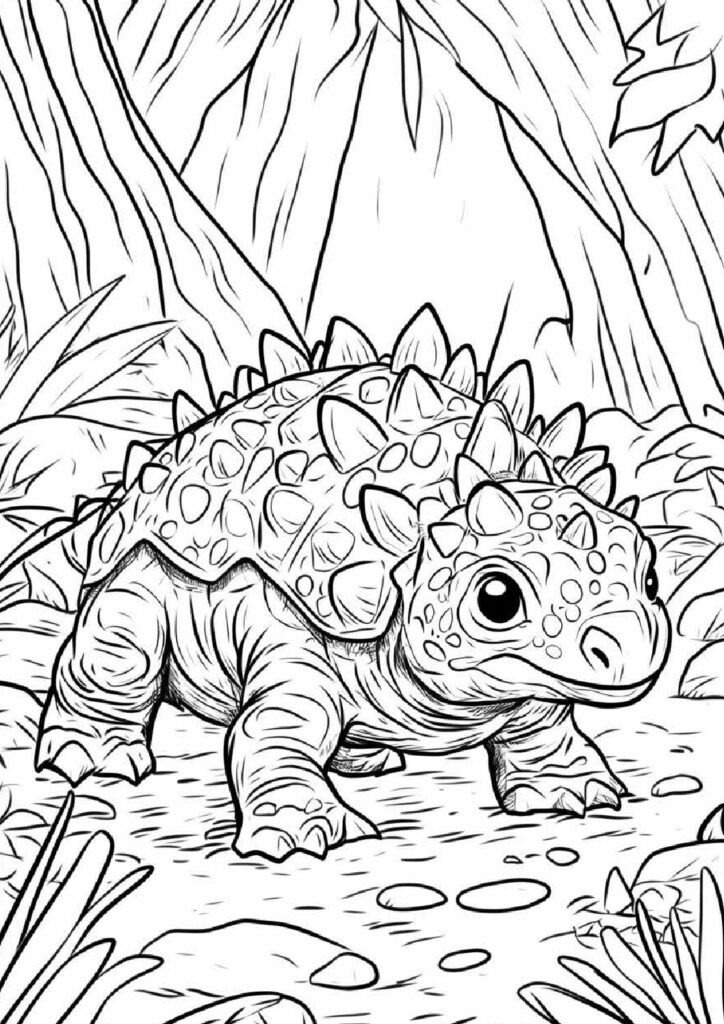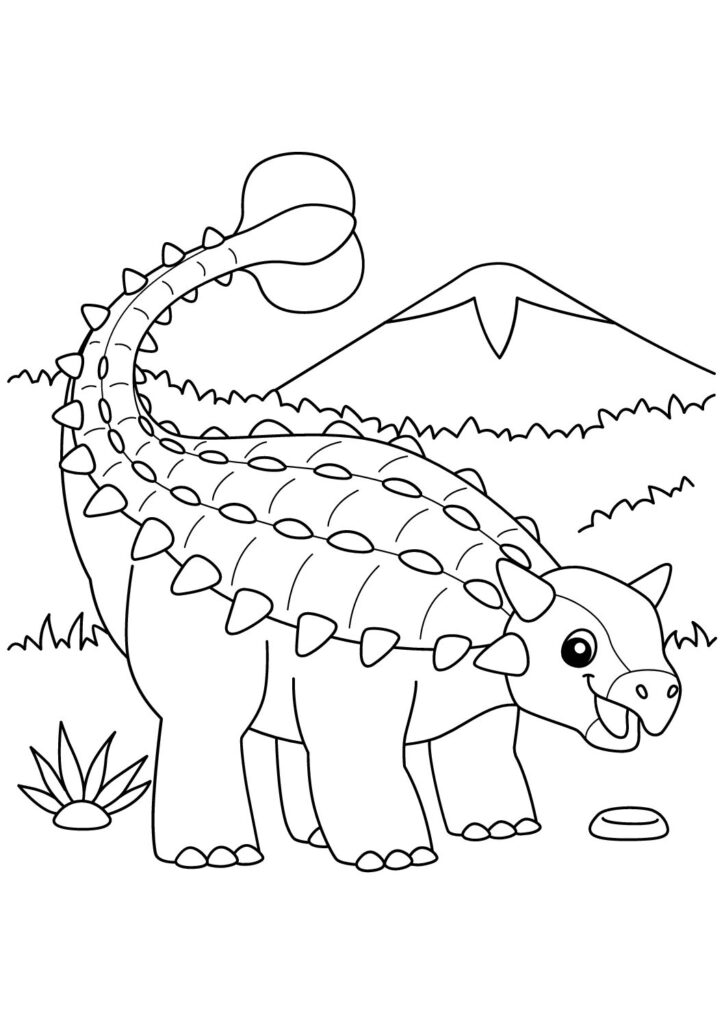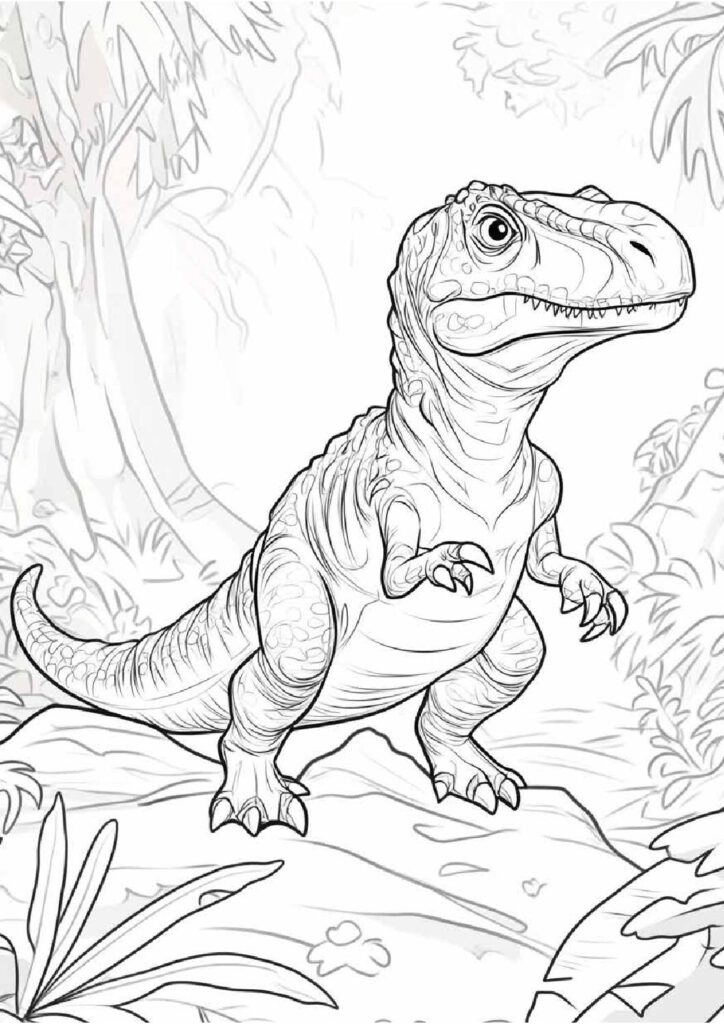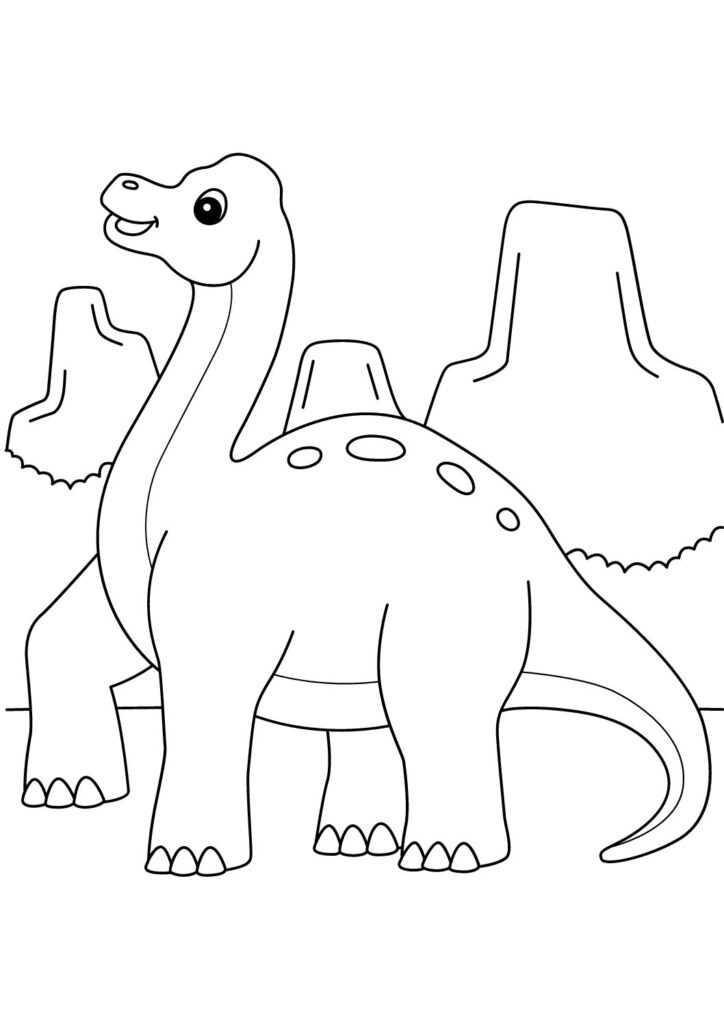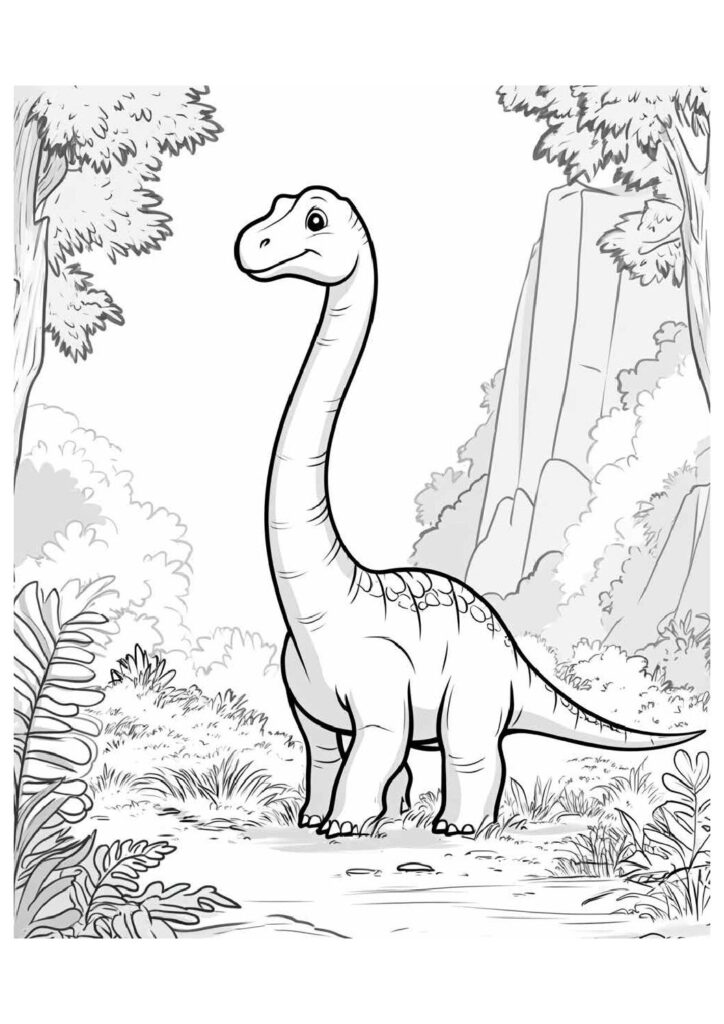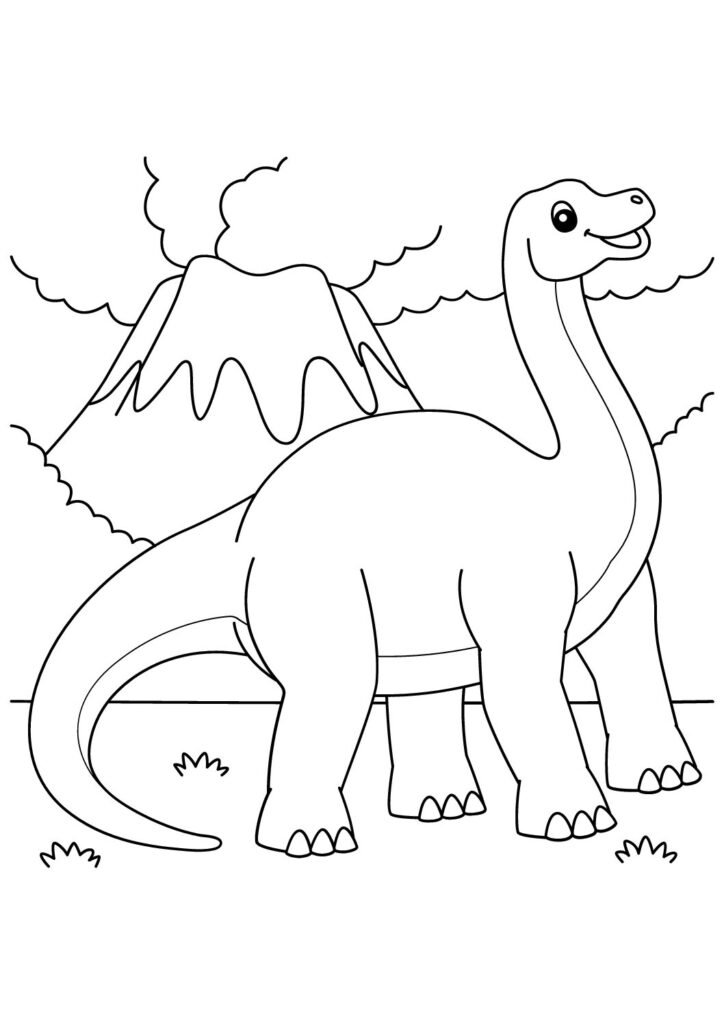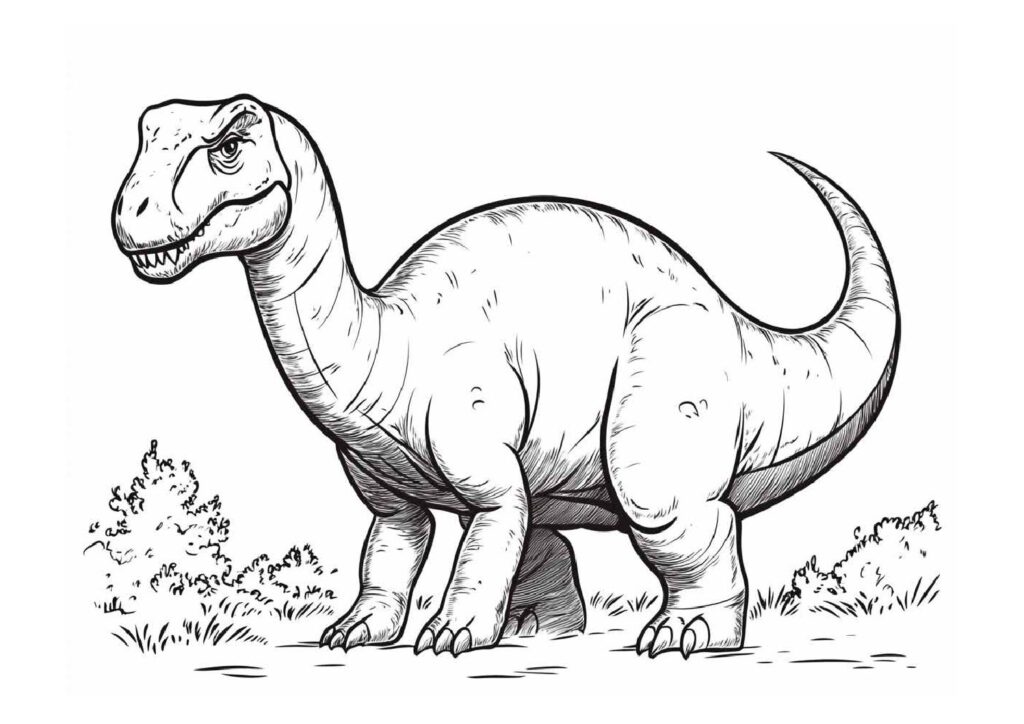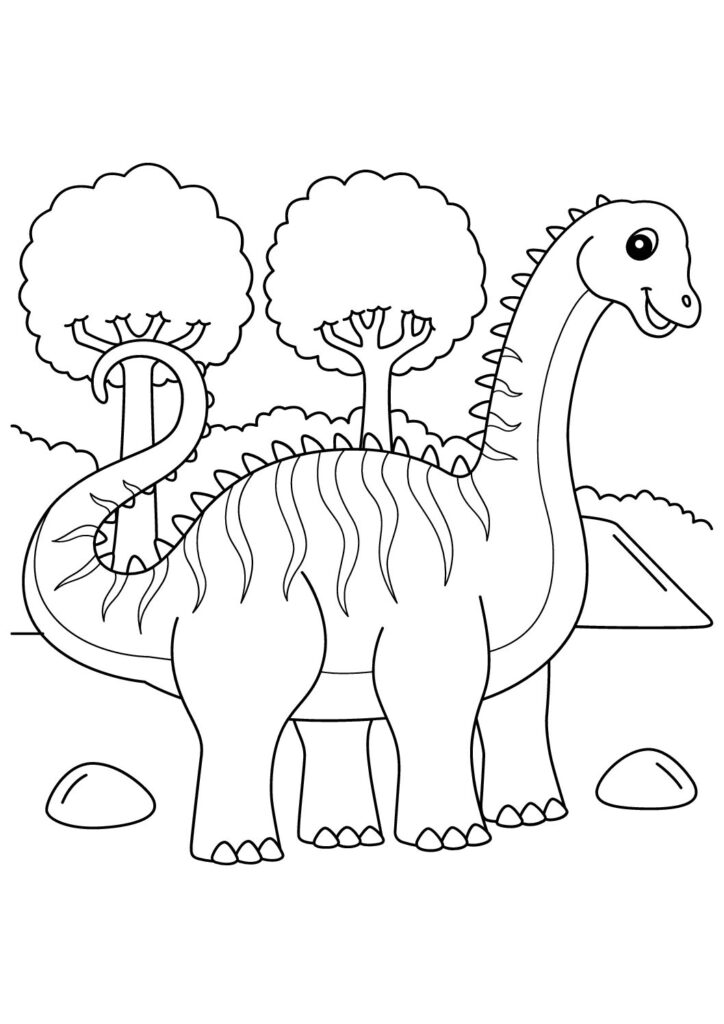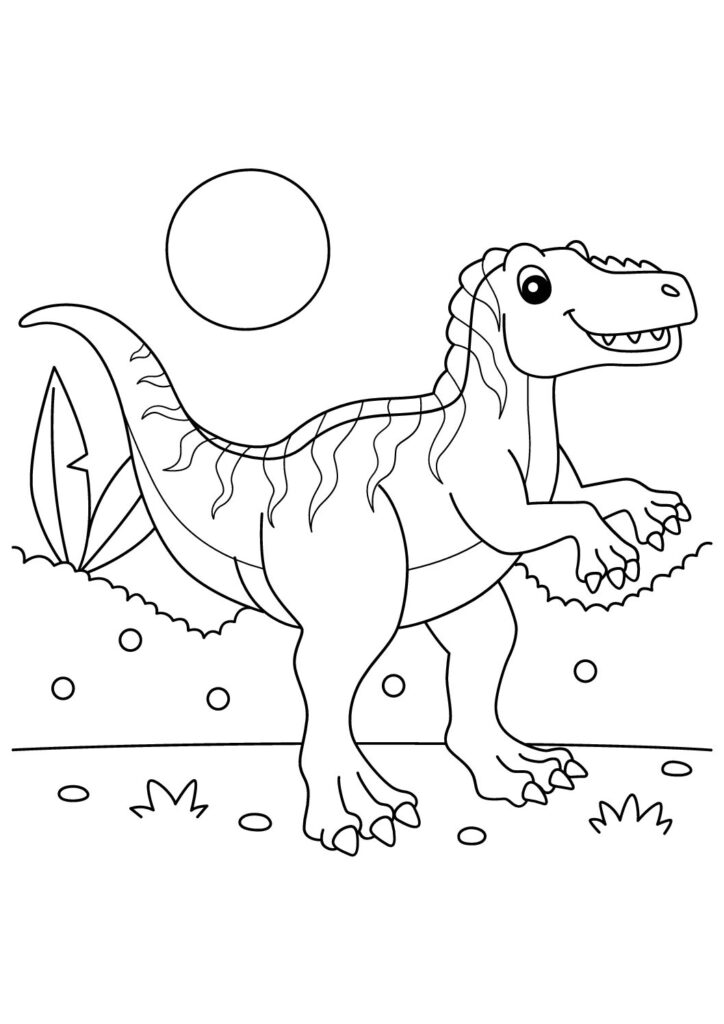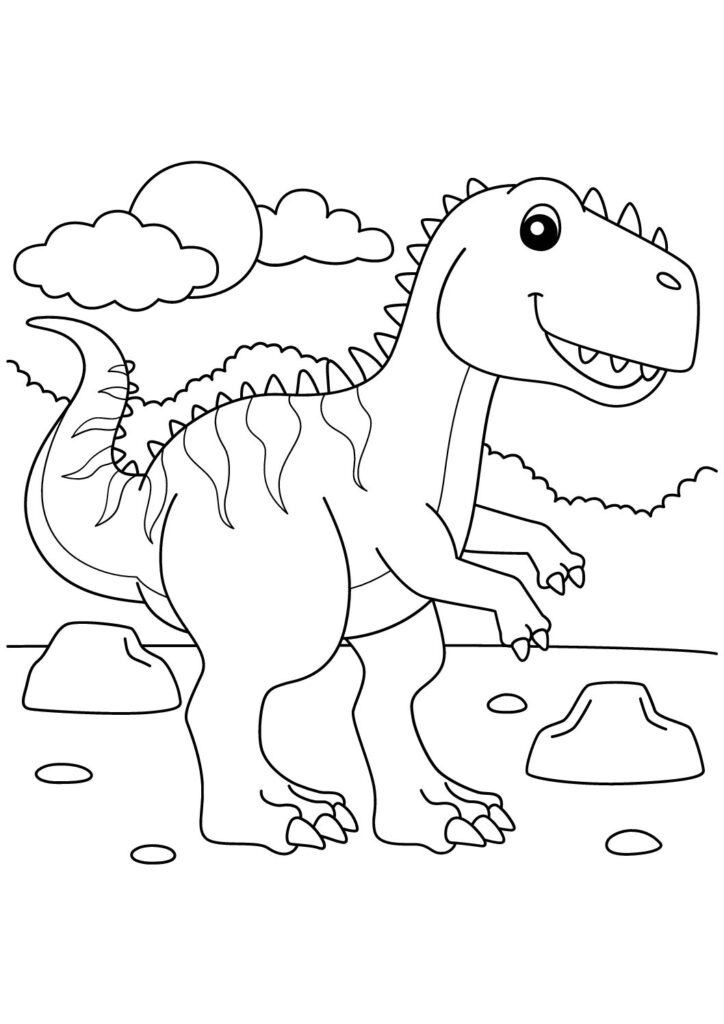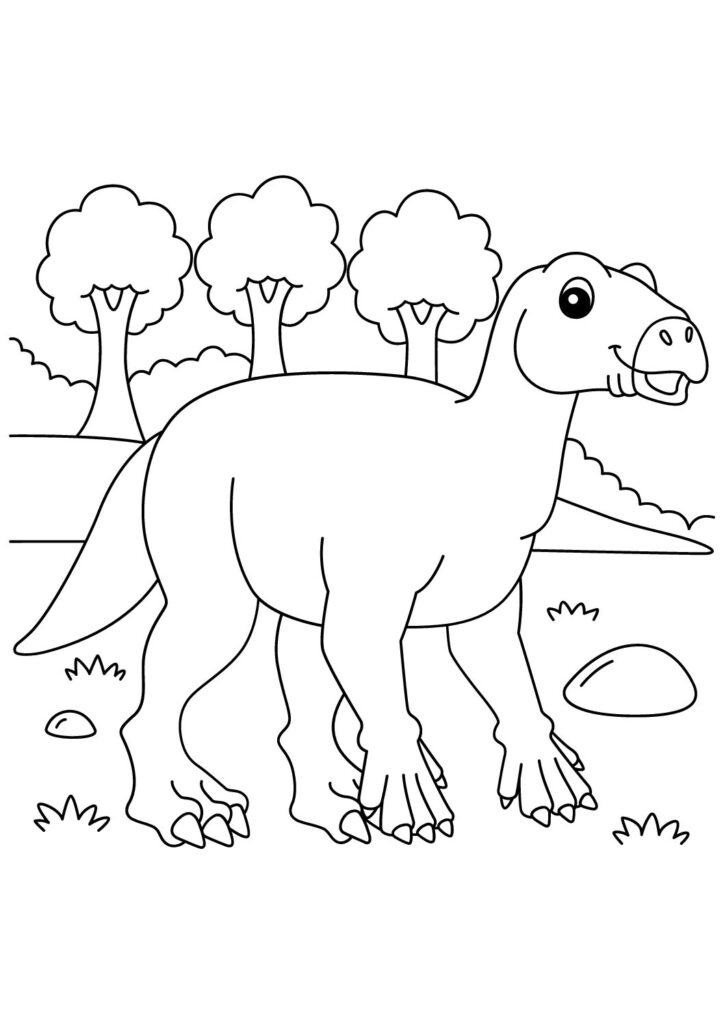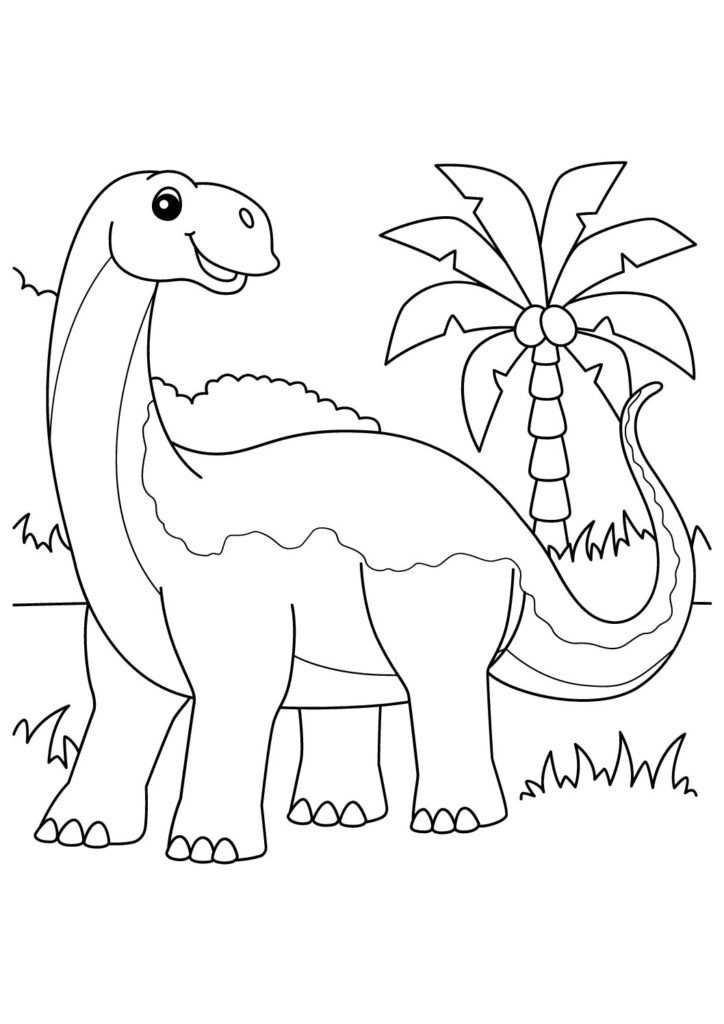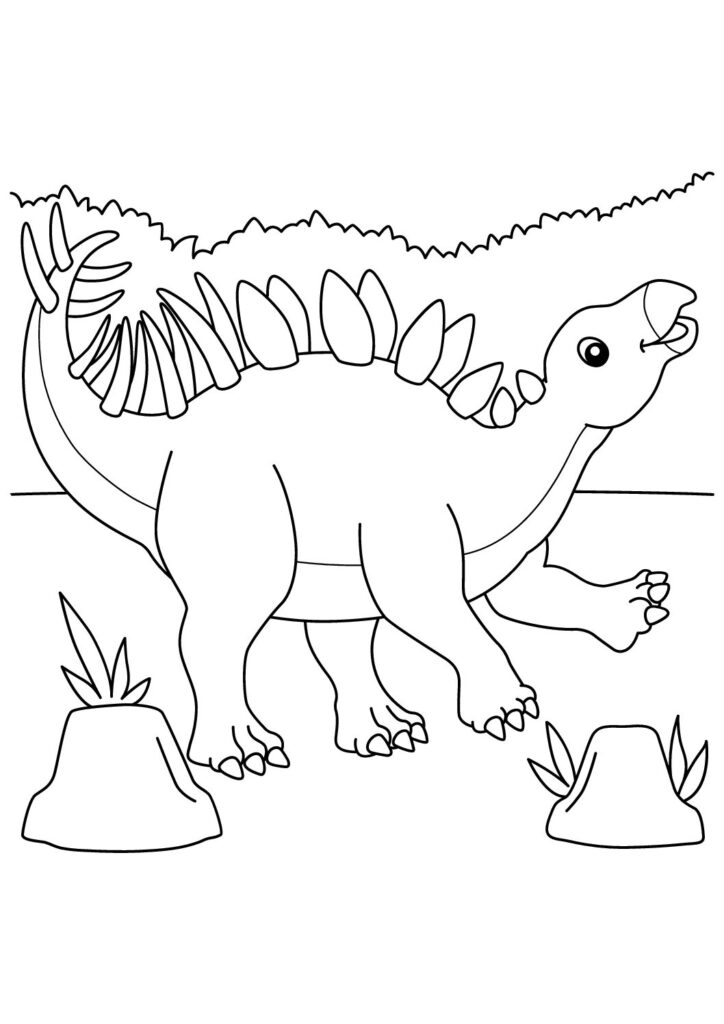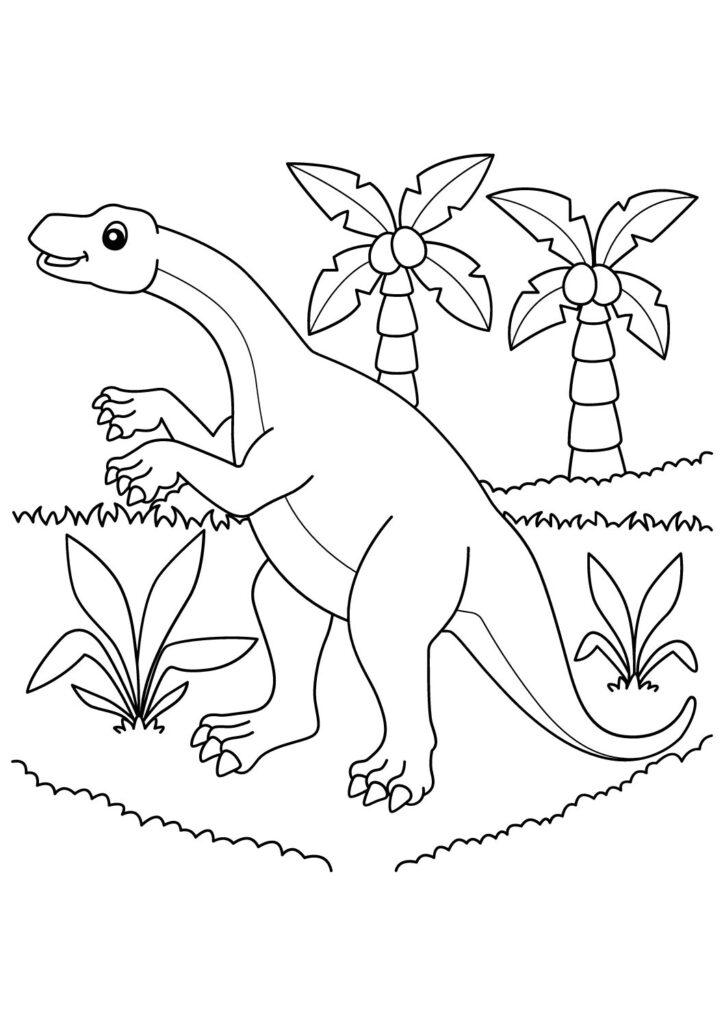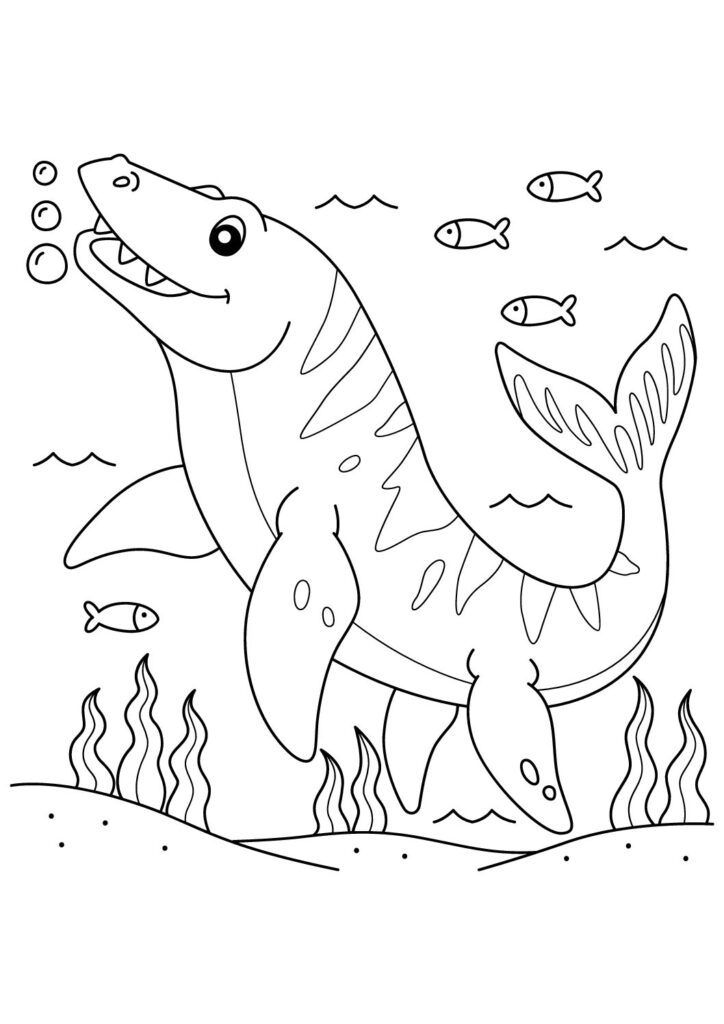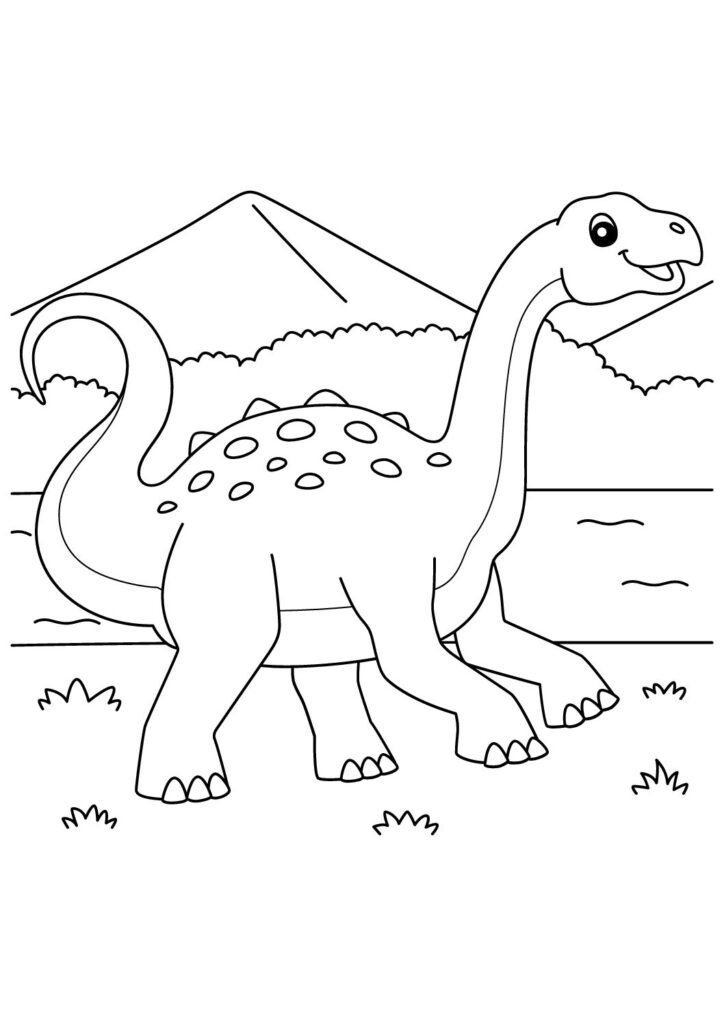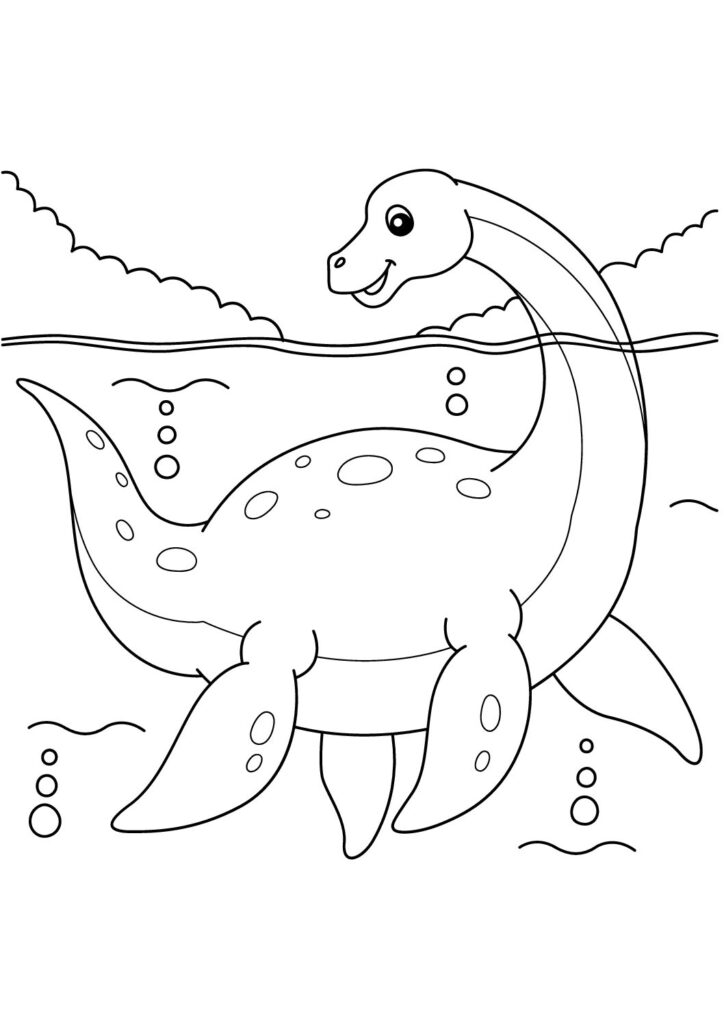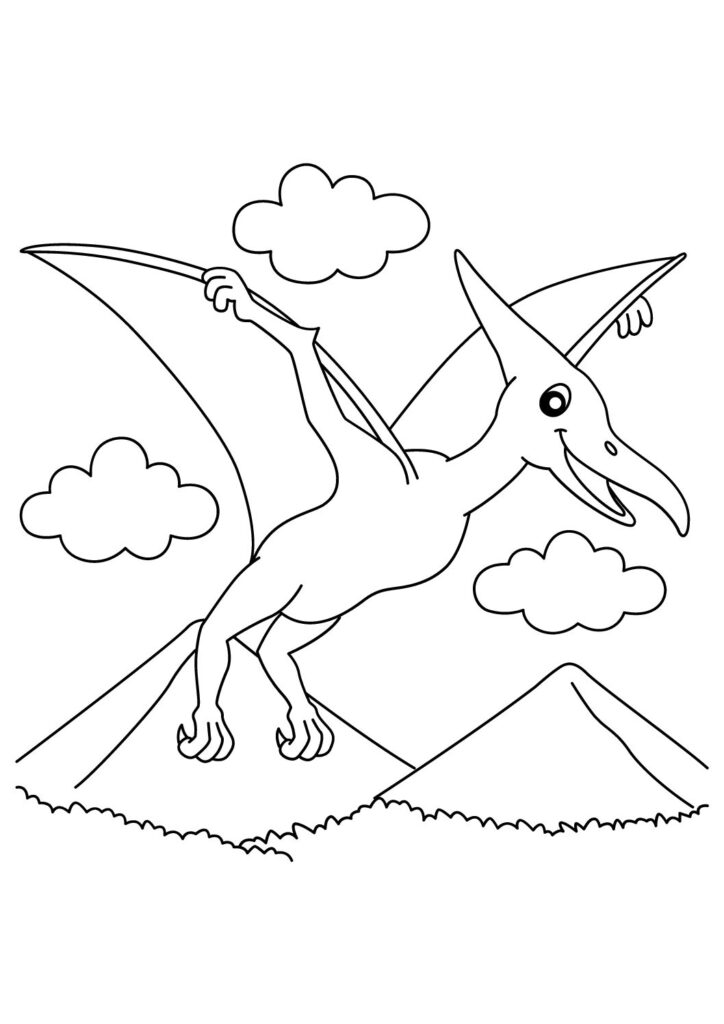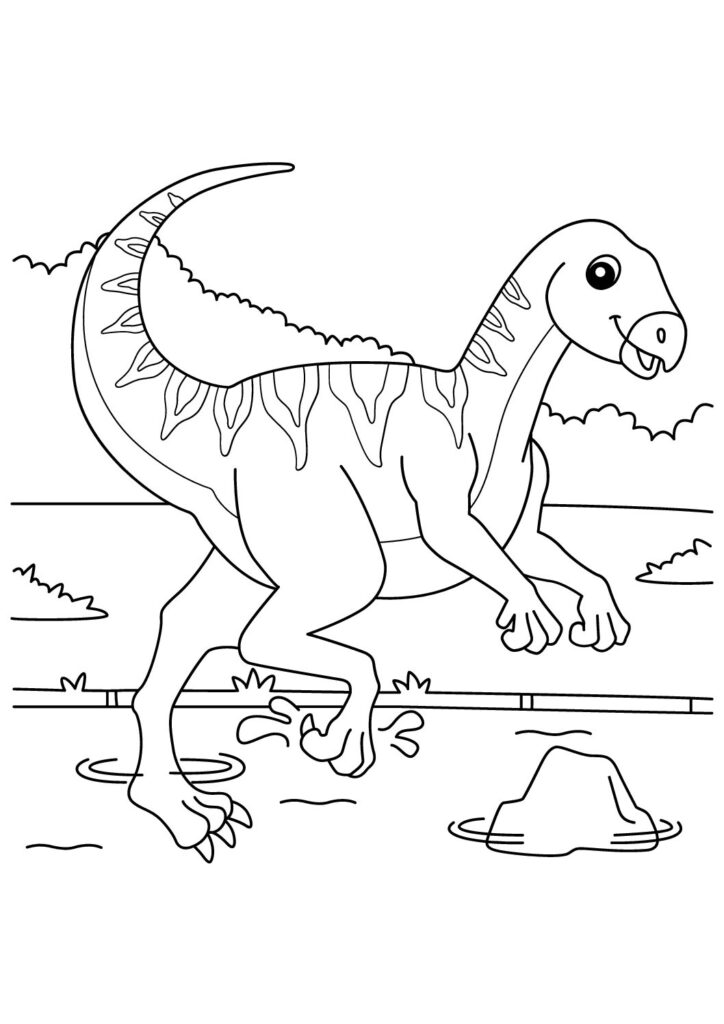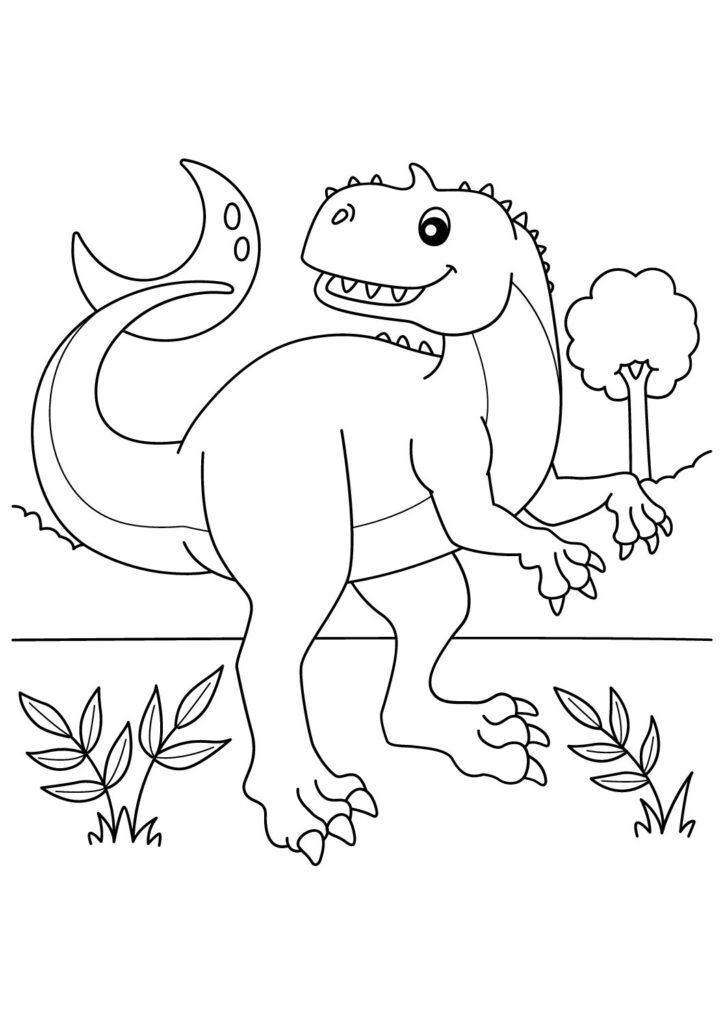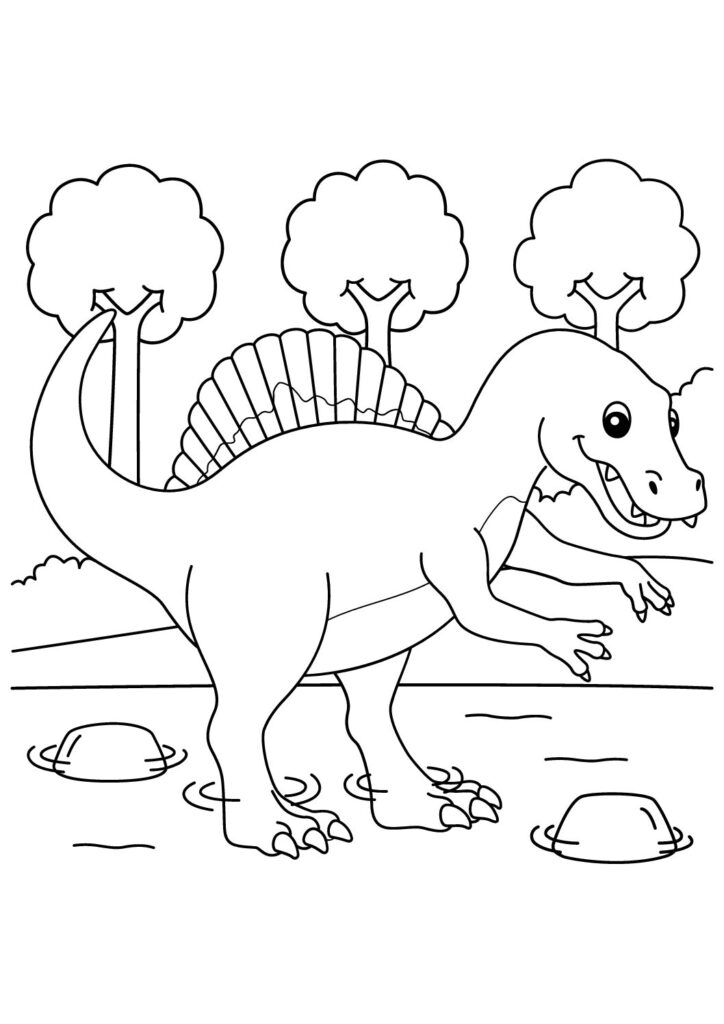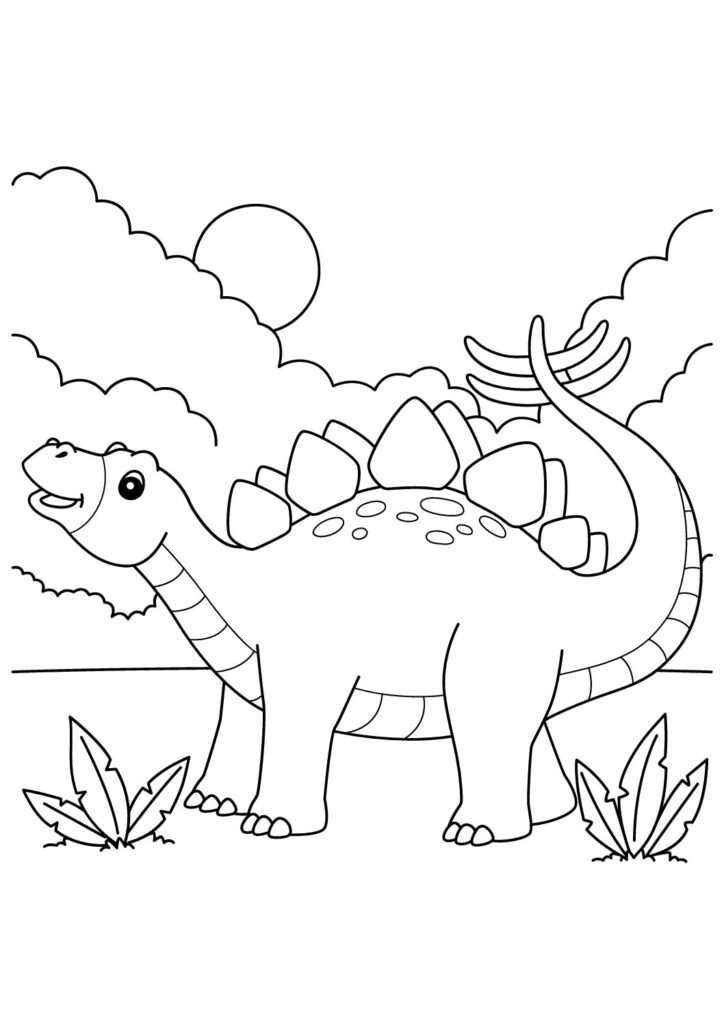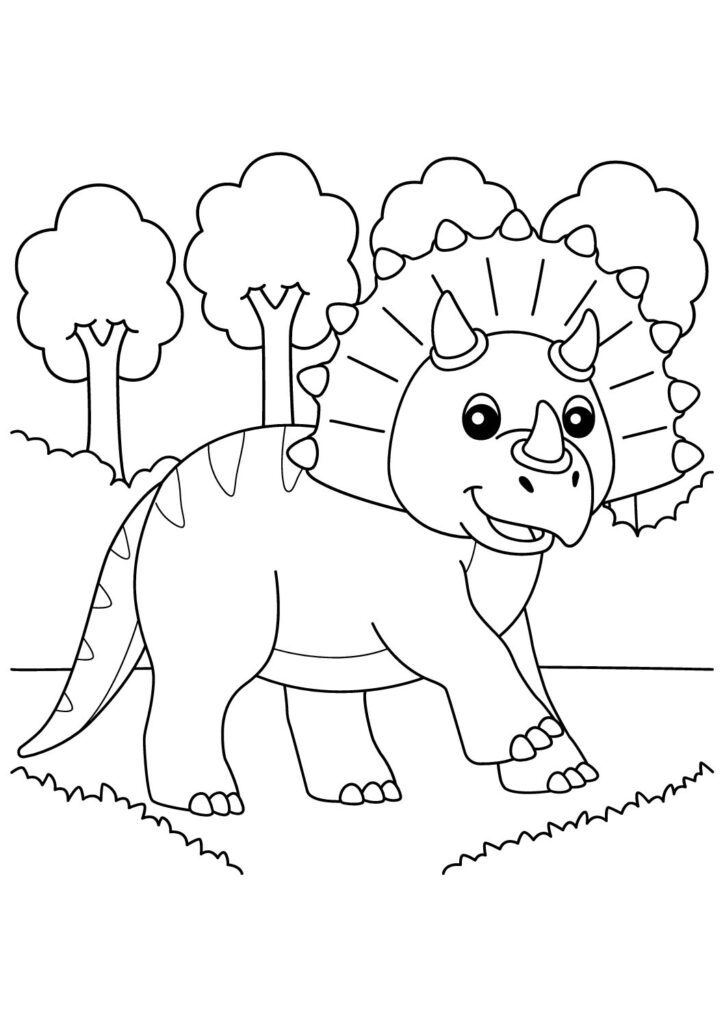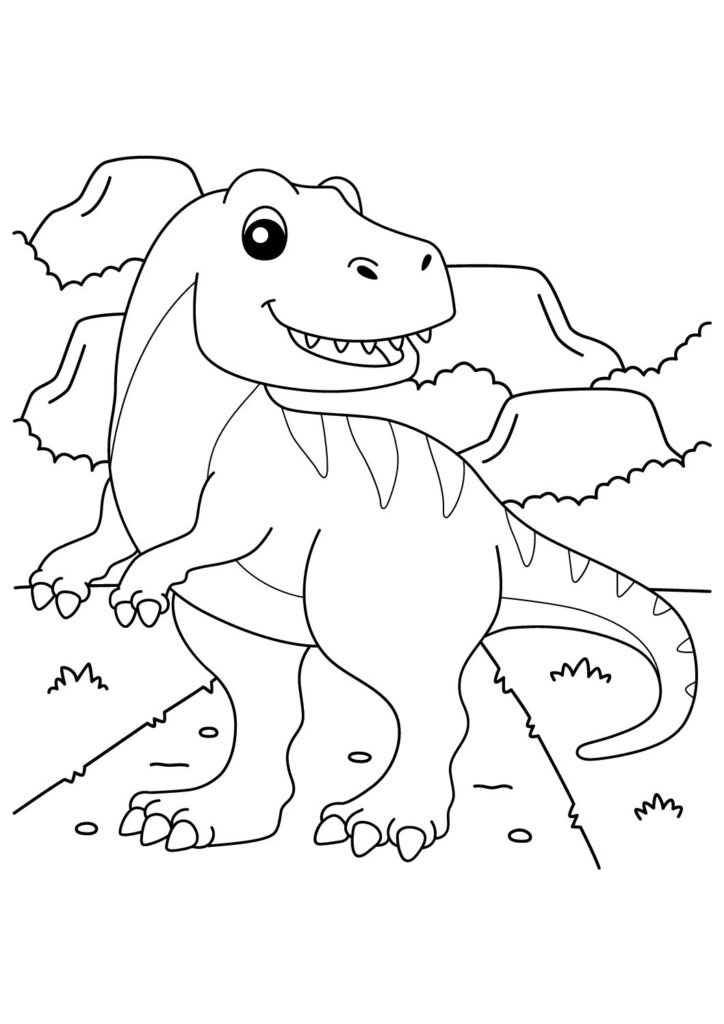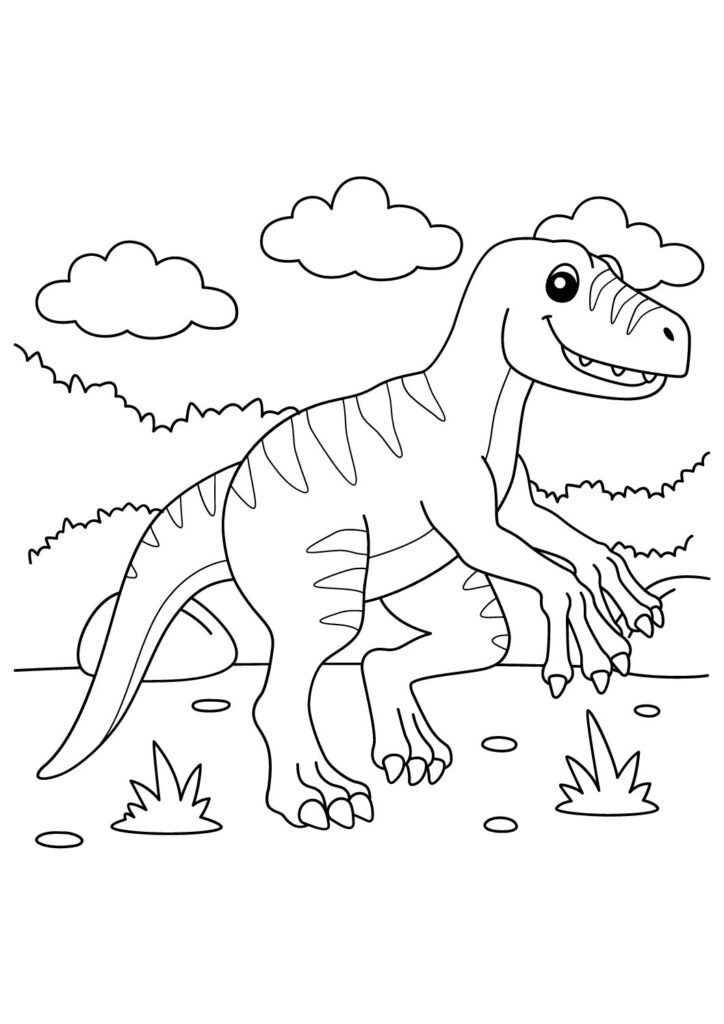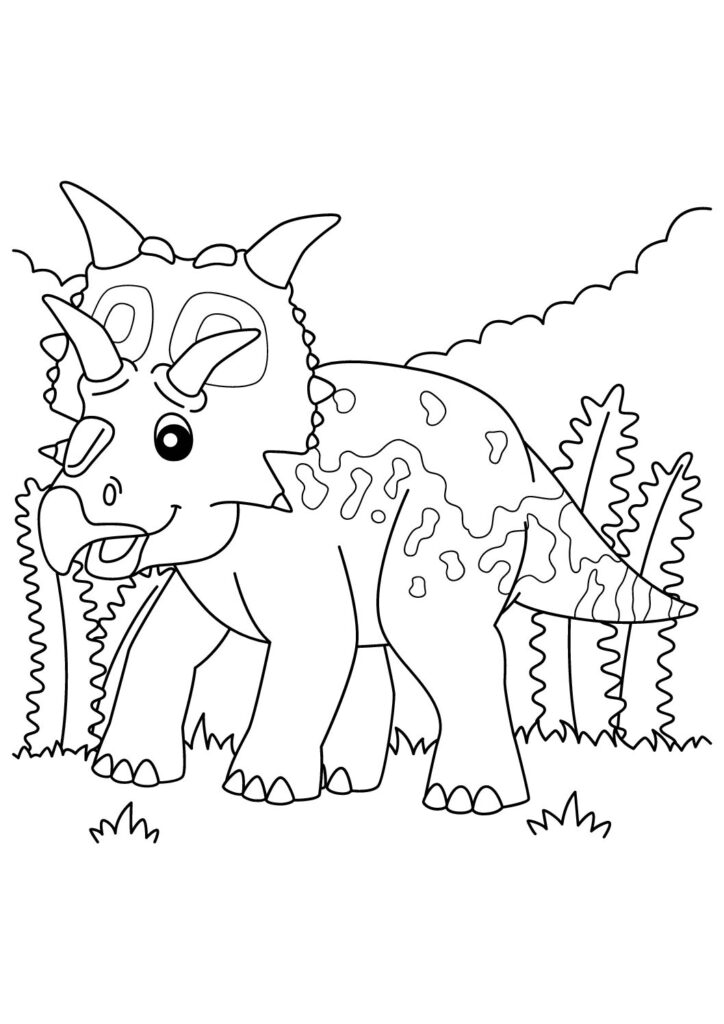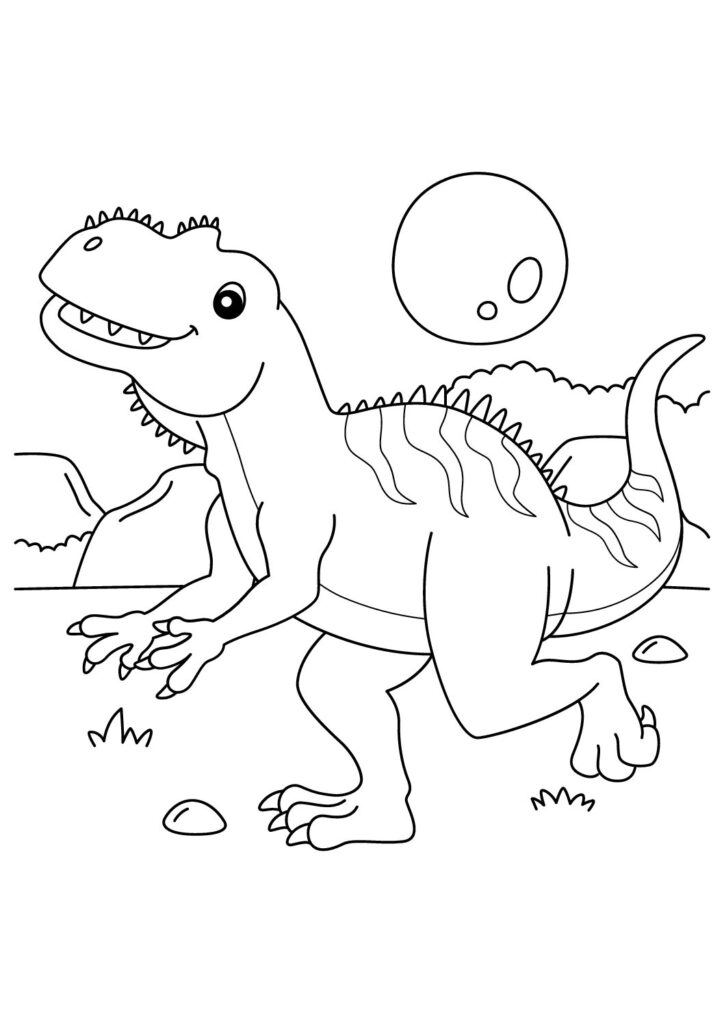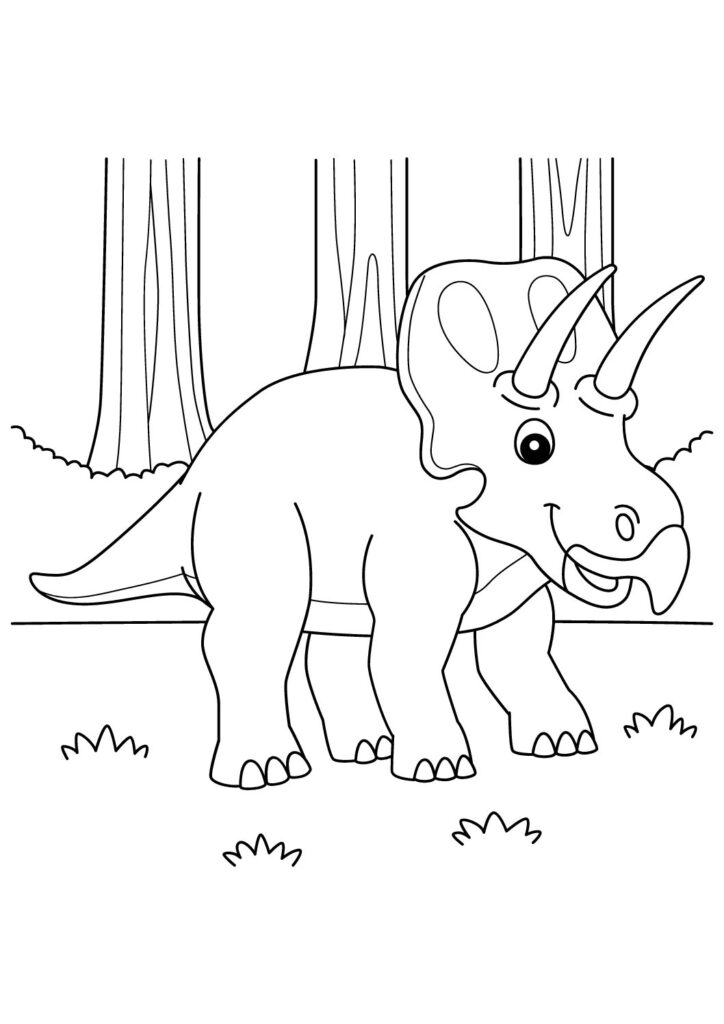2 Free Ankylosaurus Coloring Pages for Download (Printable PDF)

Stomp into our free printable collection of Ankylosaurus coloring pages featuring these armored dinosaur giants in impressive poses! Download these high-quality sheets showcasing the mighty Ankylosaurus with its distinctive club tail, bony plates, and spikes displaying their incredible defensive features. Perfect for kids and dinosaur enthusiasts, these detailed prehistoric coloring pages capture the fascinating nature of these tank-like creatures known for their heavy armor and powerful build. Each printable sheet brings these amazing Late Cretaceous dinosaurs to life, highlighting their massive bodies, protective armor plates, and fearsome tail clubs!
Incredible Ankylosaurus Facts: The Complete Guide to Earth's Armored Tank Dinosaur
Introduction
Ankylosaurus represents one of the most heavily armored animals ever to walk Earth, thriving during the Late Cretaceous period approximately 68-66 million years ago until the mass extinction event. These remarkable dinosaurs reached lengths of 20-30 feet and weights estimated between 4-8 tons, with their name appropriately derived from Greek words meaning “fused lizard” or “stiff lizard” in reference to their extraordinary protective features.
Armored Adaptations
Ankylosaurus developed perhaps the most extensive body armor of any dinosaur, featuring hundreds of bony plates called osteoderms embedded in their skin covering nearly their entire back and sides. These protective plates varied in size from small nodules to large shield-like structures, interconnected to form a continuous protective shell while still allowing sufficient flexibility for movement across their Cretaceous habitats.
Powerful Defense Weapon
The most distinctive feature of Ankylosaurus was its massive tail club, composed of enlarged vertebrae and two large bony knobs at the tip that could span more than 2 feet across. Biomechanical studies suggest this formidable weapon could deliver impacts with forces exceeding 1,300 pounds—enough to shatter bone—by swinging the tail horizontally at speeds of approximately 45 mph, effectively deterring even large predators like Tyrannosaurus rex.
Physical Characteristics
Ankylosaurus possessed a broad, low-slung body supported by four sturdy pillar-like legs with the hind limbs slightly longer than the forelimbs, creating a somewhat hunched posture. Their distinctive skull featured additional armor plating, small leaf-shaped teeth adapted for cropping vegetation, and enlarged nasal passages that may have enhanced their sense of smell or served as resonating chambers for vocalizations or thermoregulation.
Diet and Behavior
As low-browsing herbivores, Ankylosaurus consumed ground-level vegetation including ferns, cycads, and flowering plants growing in the warm, humid environments of Late Cretaceous North America. Their wide muzzle suggests they were bulk feeders rather than selective browsers, likely consuming large quantities of plant material that was processed in their spacious digestive tract, similar to modern large herbivores.
Scientific Significance
Despite Ankylosaurus being among the most recognizable dinosaurs, complete skeletons remain exceptionally rare with only a handful of partial specimens discovered to date. The first fossils were discovered in the famous Hell Creek Formation of Montana in 1906 by paleontologist Barnum Brown, with subsequent discoveries providing critical insights into the evolution of defensive adaptations among dinosaurs.
Evolutionary Context
Ankylosaurus belongs to Ankylosauria, a diverse group of armored dinosaurs that evolved specialized defensive features over millions of years. They represent the culmination of this evolutionary trajectory, with their massive size and extensive armor making them among the most specialized herbivorous dinosaurs at the time of the Cretaceous-Paleogene extinction event that ended the dinosaur era approximately 66 million years ago.
